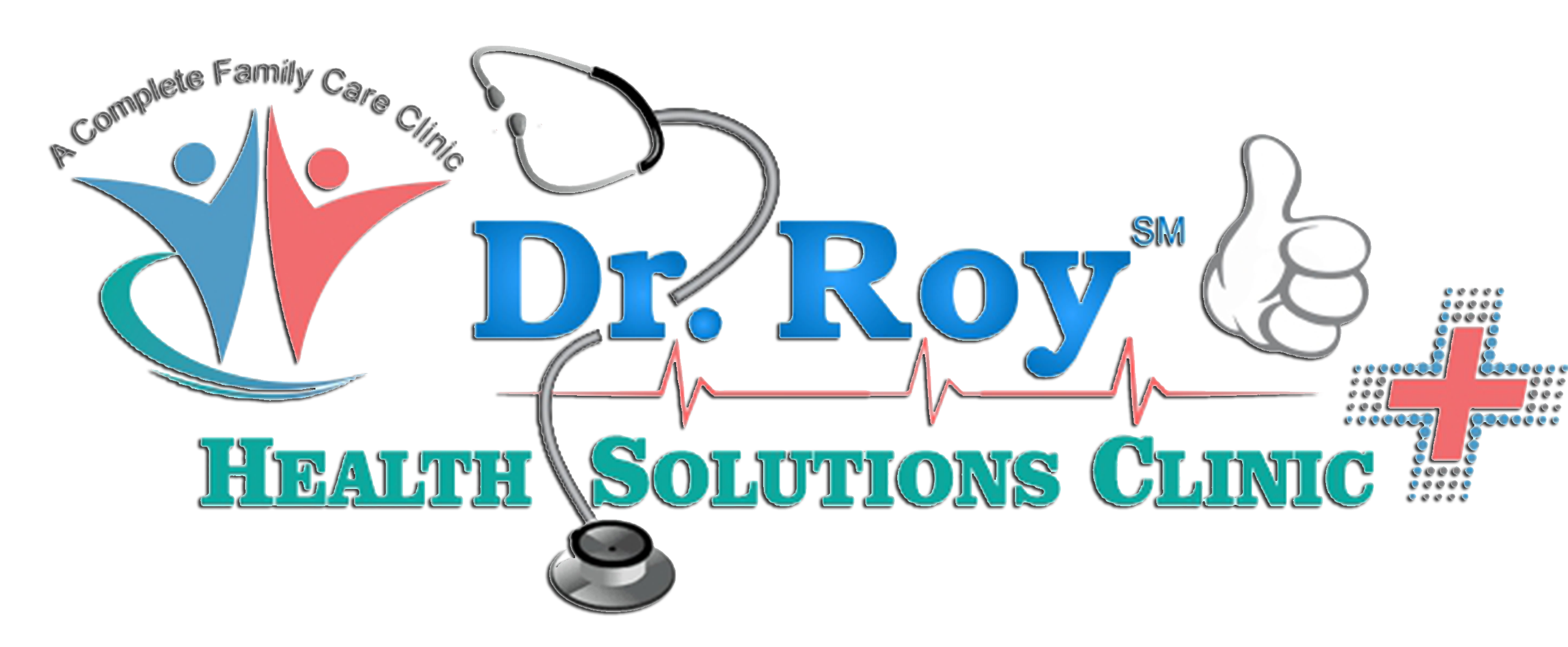Exercise-Induced Bronchoconstriction (EIB) is a narrowing of the airways causing difficulty moving air out of the lungs. Chronic asthma is an inflammatory disorder. Most patients with chronic asthma will have a flare when they exercise. Other individuals appear to have a flare of asthma only when they exercise and do not otherwise have chronic asthma.
Symptoms include coughing, wheezing, tight chest, and prolonged and unexpected shortness of breath after about 6 to 8 minutes of exercise. These symptoms are often even worse in cold, dry air. Warm and humid air may lessen the symptoms. Unfortunately pollens and molds are present at the times of the year when the air is warm and humid and these substances in the air may also trigger attacks of asthma.
Exercise-Induced Bronchoconstriction (or EIB) causes symptoms of coughing, wheezing, chest tightness to breathing, or shortness of breath. Children with EIB may experience breathing difficulty 5-20 minutes after exertion begins. EIB may occur more easily on cold, dry days than on warm, humid days.
If your child’s asthma is triggered by exercise, the symptoms can take subtle forms. They may complain of not being able to run as fast as their peers, and consequently express a dislike for sports. In school-age children, inferior performance in physical education classes or a reluctance to participate in athletics may also lead to problems with fellow students and teachers and low self-esteem.
Without proper diagnosis, EIB may cause children to avoid physical activity altogether, but this does not have to be the case. Although the type and duration of recommended activity varies with each individual, some activities are better for those with EIB. Almost all people with EIB should be able to exercise to their full ability with appropriate diagnosis and treatment.
Sports that are less likely to trigger EIB:
- Swimming
- Walking
- Leisure biking
- Hiking
- Free downhill skiing
Team sports that require short bursts of energy , including:
- Baseball
- Football
- Wrestling
- Golfing
- Gymnastics
- Short-distance track and field events
Sports that require continuous activity or are cold weather activities are more likely to trigger EIB:
- Soccer
- Basketball
- Field hockey
- Long-distance running
- Cross-country skiing
- Hockey
Make sure your child’s physical education teacher and/or coach has specific written instructions that include:
- The nature of EIB,
- Which medications are used to prevent EIB and how to use them,
- Other techniques to prevent EIB (e.g., warm-up period),
- Warning signs of an asthma episode

